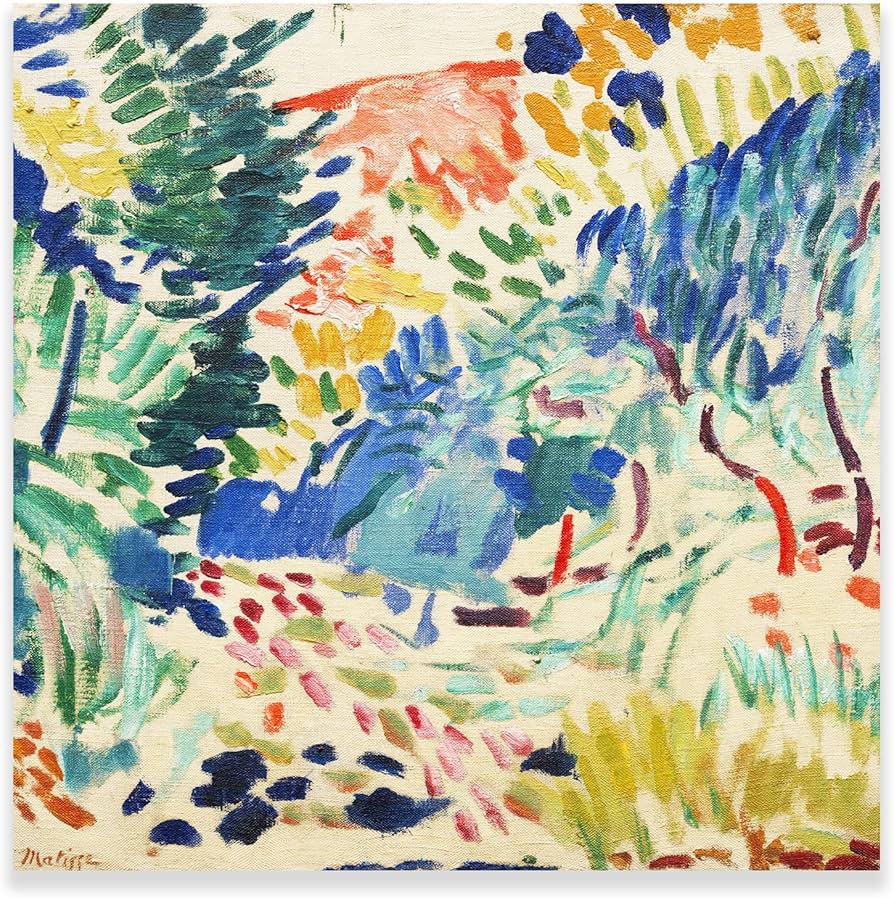What happened to summer? How did August tiptoe away? Summer is lovely. But, candidly, autumn is my favorite season. I love her aromas, crisp air, and especially her color palette.
I’m a self-proclaimed color junky, as was the French artist, Henri Matisse. He was widely regarded as the greatest colorist of the 20th century. Henri believed colors have power to convey emotions and tell stories. He once said, “Color, above all else, is liberation.”
Even more poignant, for me, is Henri Matisse’s color palette reminds me of autumn.
Henri Matisse was born on New Year’s Eve, 1869 in Bohain-en-Vermandois—a small industrial town in northern France. He was the eldest son of a wealthy grain merchant. In 1887, Henri’s father sent him to Paris to study law.
Two years later, law degree in hand, Henri returned to his hometown to work in a law office. Unfortunately (or fortunately), he suffered from a near-fatal attack of appendicitis. To cheer him up during his year of reduced mobility, his mother bought him art supplies. Regardless of his father’s insistence that he continue on the “prestigious path of law,” Henri had other ideas. He intended to become an artist.
Initially, Henri Matisse painted still lifes and landscapes in a traditional style. However, that didn’t “feel quite right.” Through either fate or fortune, Henri was introduced to Vincent van Gogh’s work and Impressionism. This influence prompted the then unknown art student to change his style completely. By 1898, Matisse was ready to declare his own artistic voice in a style known as Fauvism.
Les Fauves derogatorily and deliberately shocked the public and critics with their use of vibrant, brilliant colors that they applied straight from the tube with bold, distinctive brushwork. The effect was a sense of explosion on the canvas. The Fauvism movement only lasted between 1905 and 1908, but its legacy lives through Expressionism, Orphism, and Abstract art.
Lest you wonder about the rest of Matisse’s story, he was diagnosed with abdominal cancer in 1941 Surgery left him reliant on a wheelchair and often bedbound. Thus, with the help of his assistants, he turned to a new type of medium: cut-paper collages. He claimed the result was not quite painting, but not quite sculpture.”
The artist died from a heart attack in 1954. He was eighty-four. His New York Times obituary states “Henri Matisse was one of the last representatives of French genius.”
Whispered Tales from the Palette of Henri Matisse
What happened to summer? How did August tiptoe away? Summer is lovely. But, candidly, autumn is my favorite season. I love her aromas, crisp air, and especially her color palette.I’m a self-proclaimed color junky, as was the French artist, Henri Matisse. He was widely regarded as the greatest colorist of the 20th century. Henri believed…
Judith Kolva

